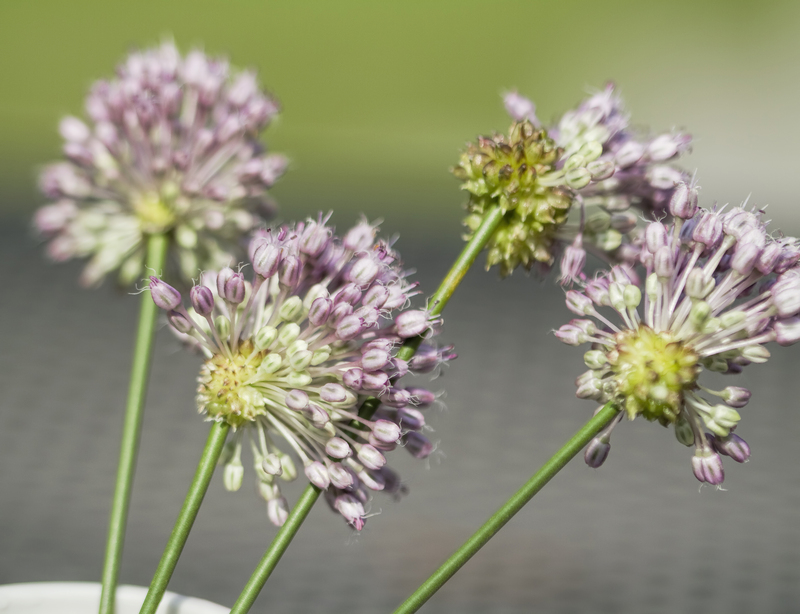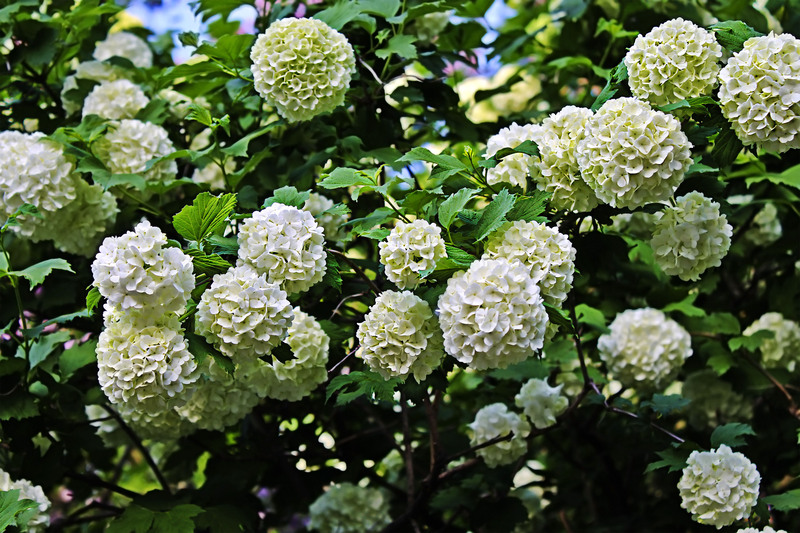Combining Trailing and Upright Plants for Window Box Drama: The Ultimate Guide
If you're seeking to elevate your home's curb appeal or add vivacious color to your balcony, combining trailing and upright plants for window box drama is a show-stopping gardening strategy. By blending textures, heights, and vibrant hues, you can create lush, dynamic displays that captivate the eye from inside and outside your home. This comprehensive guide will teach you how to achieve a stunning effect using upright and cascading plants in window boxes.

Why Embrace Both Trailing and Upright Plants?
A successful window box arrangement harnesses the distinct qualities of both trailing and upright plants. Upright plants provide essential vertical structure, serving as the bold backbone for your display, while trailing species spill gracefully over the edges, adding a natural flow and softening hard lines. The harmonious mix of shapes, heights, and colors produces the coveted "window box drama" that turns ordinary planters into living art.
The Benefits of Combining Plant Forms
- Visual Interest: Height contrasts and cascading foliage draw attention and create depth.
- Seasonal Versatility: Choose plants that thrive in multiple seasons for year-round garden boxes.
- Space Maximization: Utilize every inch of vertical and horizontal space for a lush effect.
- Focal Points: Upright plants can highlight windows, while trailing types soften architectural lines.
- Endless Creative Possibilities: Personalize your window box with unique color and texture pairings.
Understanding Plant Types: Upright vs. Trailing Plants
To master combining trailing and upright plants for window box drama, first understand the key characteristics of each category:
Upright Plants: The Structure and Height
- Definition: Upright plants have strong stems and grow vertically, adding height and focal points to window boxes.
- Examples: Geraniums, Salvia, Snapdragons, Angelonia, Ornamental Grasses, Dracaena.
- Roles in Arrangements: These act as the "thriller" in the classic "thriller, filler, spiller" container garden formula.
Trailing Plants: The Cascade and Flow
- Definition: Trailing or cascading plants have flexible stems that drape and spill over the sides of window boxes.
- Examples: Ivy (Hedera), Sweet Potato Vine, Petunias, Bacopa, Lobelia, Creeping Jenny.
- Roles in Arrangements: Trailing plants soften the edges and anchor the arrangement to the architecture below.
Planning Your Show-Stopping Window Box
Assess Your Window Box Conditions
Every successful window box design begins with understanding growth conditions:
- Sun or Shade? Observe how many hours of sunlight your window receives daily. South- and west-facing boxes need sun-lovers, while north- or east-facing ones suit shade-adapted plants.
- Wind Exposure: Window boxes at higher elevations or in exposed locations need sturdy plants.
- Box Size: Boxes at least 8-10 inches deep and wide are ideal for root growth and plant health.
Choose a Theme and Palette
For window box drama with both trailing and upright plants, select a thematic or color strategy. Some ideas:
- Monochrome Magic: Stick to one color in varied shades for unified elegance.
- High Contrast: Pair opposites--like purple with golden yellow--for striking visuals.
- Cottage Charm: Mix pastels and textured foliage for a romantic, informal effect.
- Bold Tropicals: Use bright reds, oranges, and chartreuse alongside glossy leaves for a tropical vibe.
Clever Plant Pairings for Window Box Drama
1. Classic English Style
- Upright: Geraniums (Pelargonium), Snapdragons (Antirrhinum)
- Trailing: Trailing Ivy, Lobelia
- Filler: Alyssum, Dusty Miller
2. Modern Minimalist
- Upright: Ornamental grasses (Carex), Architectural succulents
- Trailing: Creeping Jenny (Lysimachia nummularia)
- Filler: Heuchera (Coral Bells)
3. Bold and Tropical
- Upright: Canna lilies, Red Dracaena
- Trailing: Sweet Potato Vine (Ipomoea batatas)
- Filler: Caladium, Begonia
4. Shady Oasis
- Upright: Impatiens, Ferns
- Trailing: Vinca Vine, Lysimachia
- Filler: Coleus, Heuchera
Best Trailing Plants for Window Boxes
- Petunias: Available in many colors; prolific bloomers with a trailing habit.
- Sweet Potato Vine: Lush, chartreuse or purple, vigorous trailing foliage.
- Lobelia: Blue or white delicate flowers; perfect for softening edges.
- Bacopa: Cloud-like tiny white flowers; keeps going through summer.
- Creeping Jenny: Bright yellow-green foliage spills dramatically.
- Ivy: Classic green or variegated; hardy and elegant.
- Calibrachoa (Million Bells): Mini petunia-like blooms on trailing stems.
- Nasturtium: Edible leaves and flowers, vigorous trailing growth.
Best Upright Plants for Window Boxes
- Geraniums (Pelargoniums): Vibrant, upright blooms for sun.
- Salvia: Spikes of blue or red for height and pollinators.
- Angelonia: Heat-tolerant, upright flower spikes.
- Snapdragons: Classic cottage style with vertical interest.
- Ornamental Grasses: Adds elegant movement and airiness.
- Begonia: Upright habit for shade boxes, long-flowering.
- Dracaena: Bold, spiky structure and dramatic leaves.
- Dianthus: Upright, fragrant, tight tufts of color.
Design Principles for Maximum Window Box Impact
1. Apply the "Thriller, Filler, Spiller" Formula
This classic container gardening approach ensures balanced and dynamic window boxes:
- Thriller: Upright accent plant(s) for drama and height.
- Filler: Bushy or mounding plants to add fullness.
- Spiller: Trailing plants that cascade over and soften the edges.
2. Vary Texture and Color
Mix leaves of different sizes--fine, bold, variegated, glossy, and matte--for visual energy. Blend harmonious or contrasting flower and foliage colors for *maximum window box drama*.
3. Consider Proportion and Balance
- Upright plants should be about 1-1.5 times the height of your window box for best visual impact.
- Arrange tallest plants in the center (or at the back for single-sided boxes).
- Distribute trailing plants evenly for a symmetrical look or stagger for natural movement.
4. Repeat Elements for Cohesion
Repeat signature colors or forms to tie the arrangement together. For example, echo the color of upright blooms with trailing flowers for professional cohesion.
Step-by-Step: Planting a Dramatic Window Box with Trailing and Upright Plants
- Fill box with quality potting mix (with added slow-release fertilizer for ongoing nourishment).
- Place tall "thriller" plants first (in the center or rear of the planter).
- Add "filler" bushy plants around the thriller; nestle them closely for a lush effect.
- Plant "spiller" trailing species at the outer edges, angling their roots so stems will cascade over.
- Water thoroughly to settle new plantings.
- Mulch lightly to retain moisture and suppress weeds.
- Deadhead and prune regularly for prolonged blooms and a neat appearance.
Easy Maintenance Tips for Dramatic Window Boxes
- Water consistently: Window box soil dries out quickly; water whenever the top inch feels dry.
- Feed monthly: Use liquid fertilizer to encourage lush growth and abundant flowers.
- Pinch and prune: Regularly deadhead faded flowers and trim wayward stems to promote bushiness.
- Check for pests: Inspect leaves and stems for aphids or mildew--act early if spotted.
- Rotate plants seasonally: Swap in pansies, violas, or evergreen fillers for fall and winter interest.
Seasonal Ideas for Window Box Drama
Spring:
- Tulip or Daffodil bulbs (upright) with trailing English Ivy and Violas
Summer:
- Geraniums (upright), Wave Petunias (trailing), Calibrachoa, and Lobelia
Autumn:
- Ornamental Kale (upright), Heuchera (filler), Creeping Jenny (trailing), Dwarf grasses
Winter:
- Miniature Evergreens (upright), trailing Ivy, Pansies, and wintergreen
Common Mistakes and How to Avoid Them
- Overcrowding: Allow room for plants to mature--overcrowding can lead to disease and poor airflow.
- Poor Drainage: Ensure your window box has drainage holes; waterlogged roots quickly rot.
- Mismatched Sunlight Needs: Choose plants with similar light and water requirements.
- Monotony: Mixing both trailing and upright types avoids flat, lifeless arrangements.
- Underwatering: Hot weather and direct sun cause boxes to dry swiftly--check daily in summer.

Inspiration: Dramatic Window Box Ideas from Around the World
From Parisian geranium-filled balconies to lush English cottage windows, mixing upright and trailing plants shows up in iconic building facades globally. Take inspiration from your favorite gardens and cities, and don't hesitate to inject your personality--whether that's exuberant, modern, romantic, or classically elegant.
Conclusion: Unleash Your Creativity with Trailing and Upright Plants
Creating dramatic window boxes with a combination of trailing and upright plants is both art and science. The secret lies in thoughtful plant selection, careful maintenance, and a willingness to experiment. Whether you crave vibrant bursts of color or graceful green cascades, combining trailing and upright plants for window box drama allows you to transform your windows into vibrant, living frames that delight throughout the seasons. Embrace texture, contrast, and harmony, and watch your home's exterior (or even indoor window ledges) come alive in all its botanical glory!
For the best results, remember to refresh your arrangements seasonally, respond to changing weather, and enjoy the process--your masterpiece is as unique as you are.